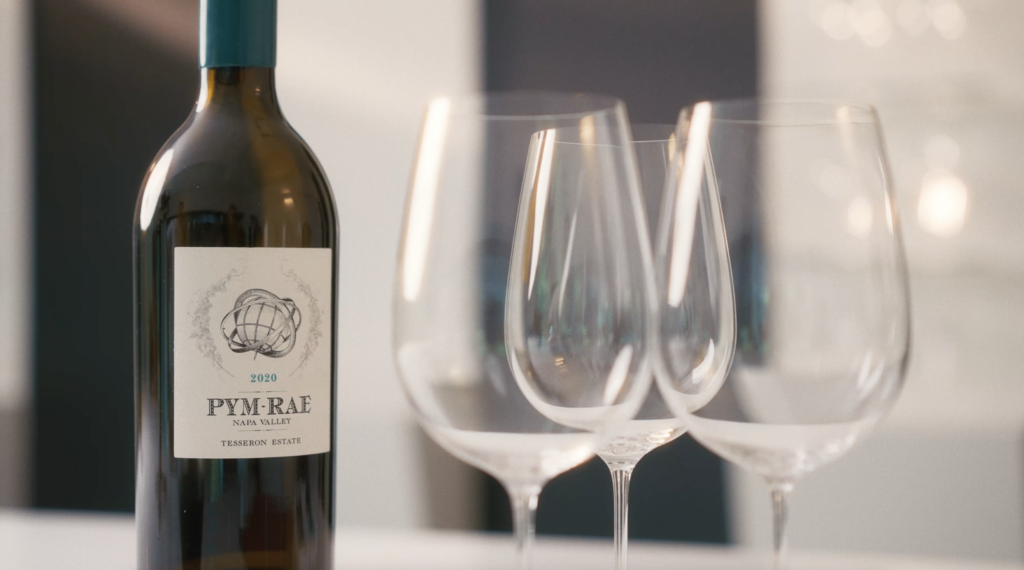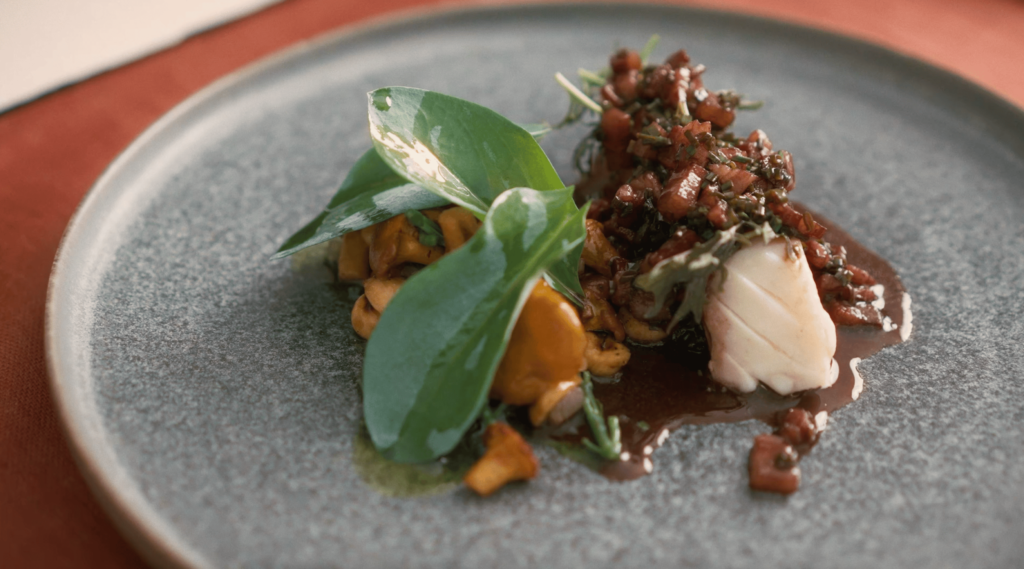Pym-Rae: Napa Valley terroir with a touch of Bordeaux
Renowned for its Pauillac Cru Classé – Château Pontet Canet – and its cognac – Tesseron Cognac –, the Tesseron family has been at the helm of the Pym-Rae estate in Napa Valley since 2016. Lovers of fine Cabernet, the family found a new adventure on the slopes of Mount Veeder, in Napa Valley, California –and their expertise has risen to the challenge. Noé Tesseron stopped by Twins to talk with Marjorie Chaigne about expressing the terroir, precision and a wine’s drinkability.

From Bordeaux to the Napa Valley
For the Tesserons, wine is something that’s passed down. The family has been producing cognac for four generations and wine for three. And not just any wine. Since 1975, they have been drawing on their passion and attention to detail to make Château Pontet-Canet, Pauillac Grand Cru Classé.
With their well-established roots in Charentes and Bordeaux, the desire to explore other places started to grow. Noé Tesseron, owner and Sales Director of the family’s estates, remembers that his father Alfred Tesseron “always had the idea of starting a new project in the back of his mind”. Drawing on his strong professional and social ties to the United States, he naturally looked to Napa Valley. Explaining this choice, Noé Tesseron says: “We know how to make great cognacs, fine wines, Cabernets –that’s it,” he laughs, before continuing, “What’s the best place outside Bordeaux to make great Cabernets? Napa!”.

Though the Californian wine country was an obvious destination, the Tesserons had a very specific idea of what they were looking for. It took five years to find a vineyard at altitude, with a moderate climate, sedimentary soil and mature vines. Their rare pearl was located on the slopes of Mount Veeder, under the name of Pym-Rae. And it was unexpectedly put up for sale after the death of its famous owner, actor Robin Williams. When launching the first vintage in 2016, the Tesseron family chose to keep the estate’s name – which combines the middle names of the actor’s children – as a tribute to his work. A way to respect the site’s history.
Pym-Rae: Expressing the terroir

Though the Pym-Rae estate already had a backstory, it had never produced wine. Up until that point, the grapes were sold off after harvest. But the Tesserons were soon convinced that they were worth vinifying separately. Though it was a dream site, the “terroir is extremely demanding,” as emphasized by Marjorie Chaigne, Asia Export Director at Twins, Bordeaux wine merchant. One of the main challenges was to keep the balance and freshness. To unlock Pym-Rae’s full potential, the Tesserons applied methods learnt at Château Pontet-Canet: paying attention to every moment and working ceaselessly. “It’s a vineyard of just over 7 hectares, which meant we could do something very experimental, very hand-made,” confirms Noé Tesseron. Like Pontet-Canet, the Pym-Rae vines are grown in compliance with organic and biodynamic standards, but also using dry farming (agricultural techniques using surface water to cultivate crops without irrigation). Upon their arrival, the new team dismantled the irrigation system – which certainly added another level of difficulty, but also brought them closer to the spirit of the land.
“For us, the best way to express this terroir is to encourage the roots to grow deeper in order to find water, through the different layers of sedimentary soil. If you want freshness in the wine glass, you first need it in the vineyard. And the condition for freshness is the depth of the roots.”
Noé Tesseron
To bring out the terroir, the Tesserons also use a particularly meticulous approach to vinification. To respect the different soils and varieties (Cabernet Sauvignon, Merlot and a little bit of Cabernet Franc), the teams use very small vats. Around 40 were made in Bordeaux and shipped to California. “We have 40 of them, they can each hold 10 hectolitres and they’re made of concrete. They allow us to work very precisely on each batch, to give them exactly what they need,” says Noé Tesseron.

The Tesseron family is currently selling their 5th vintage made on the property: Pym-Rae 2020, full of freshness and vivacity. Though summer 2020 was marked by fires in the Napa Valley, the Pym-Rae vineyard was spared. Following on from previous vintages, Pym-Rae 2020 presents “a very textured midpalate and very accessible tannins, which mean that, though it’s young, the 2020 is already very seductive,” says Noé Tesseron, before concluding: “You really don’t get the feeling that you’re drinking it too young.”
Suggested food and wine pairing with Pym-Rae 2020, by Chef Arthur Leprevost
Gilt-head bream cooked like meat, with Grand Veneur sauce, Lardo di Colonnata, cocoa pods, chanterelles and oyster leaves.

Watch the video between Noé Tesseron and Marjorie Chaigne.


